Boeing Helicopters
CH-47 Chinook
Role Transport helicopter
National origin United States
Manufacturer Boeing Defense, Space & Security
First flight 21 September 1961
Introduction 1962
Status In service
Primary users United States Army
Japan Ground Self-Defense Force See Operators for others
Produced 1962–present
Number built Over 1,200 as of 2012
Developed from Vertol Model 107
Variants Boeing Chinook (UK variants)
Developed into Boeing Vertol BV-347
.
History Boeing
Boeing Helicopters
CH-47 Chinook

The Boeing CH-47 Chinook is a tandem-rotor helicopter developed by American rotorcraft company Vertol and manufactured by Boeing Vertol. The Chinook is a heavy-lift helicopter that is among the heaviest lifting Western helicopters. Its name, Chinook, is from the Native American Chinook people of Oregon and Washington state.
The Chinook was originally designed by Vertol, which had begun work in 1957 on a new tandem-rotor helicopter, designated as the Vertol Model 107 or V-107. Around the same time, the United States Department of the Army announced its intention to replace the piston-engine–powered Sikorsky CH-37 Mojave with a new, gas-turbine–powered helicopter. During June 1958, the U.S. Army ordered a small number of V-107s from Vertol under the YHC-1A designation; following testing, it came to be considered by some Army officials to be too heavy for the assault missions and too light for transport purposes. While the YHC-1A would be improved and adopted by the U.S. Marine Corps as the CH-46 Sea Knight, the Army sought a heavier transport helicopter, and ordered an enlarged derivative of the V-107 with the Vertol designation Model 114. Initially designated as the YCH-1B, on 21 September 1961, the preproduction rotorcraft performed its maiden flight. In 1962, the HC-1B was redesignated CH-47A under the 1962 United States Tri-Service aircraft designation system.
A commercial model of the Chinook, the Boeing-Vertol Model 234, is used worldwide for logging, construction, fighting forest fires, and supporting petroleum extraction operations. In December 2006, Columbia Helicopters Inc purchased the type certificate of the Model 234 from Boeing. The Chinook has also been licensed to be built by companies outside the United States, such as Agusta (now AgustaWestland) in Italy and Kawasaki in Japan.0
KmCeiling
0
KmMAX RANGE
0
Km/HAircraft Speed
0
Max Crew
Photo Gallery
Boeing Helicopters
CH-47 Chinook


Boeing Helicopters CH-47 Chinook
General characteristics
- Crew: 3 (pilot, copilot, flight engineer or loadmaster)
- Capacity:
- 33–55 troops or
- 24 stretchers and 3 attendants or
- 24,000 lb (10,886 kg) payload
- Length: 98 ft (30 m)
- Fuselage length: 52 ft (16 m)
- Width: (3.78 m) (fuselage)
- Height: 18 ft 11 in (5.77 m)
Powerplant
- Empty weight: 24,578 lb (11,148 kg)
- Max takeoff weight: (22,680 kg)
- Powerplant: 2 × Lycoming T55-GA-714A turboshaft engines, 4,733 shp (3,529 kW) each
- Main rotor diameter: 2 × 60 ft (18 m)
- Main rotor area: 5,600 sq ft (520 m2)
- Blade section: root: Boeing VR-7; tip: Boeing VR-8[
Specifications
- Maximum speed: (196 mph, 315 km/h)
- Cruise speed: (184 mph, 296 km/h)
- Range: (460 mi, 740 km)
- Combat range: (230 mi, 370 km)
- Ferry range: 1,216 nmi (1,399 mi, 2,252 km)
- Service ceiling: 20,000 ft (6,100 m)
- Rate of climb: 1,522 ft/min (7.73 m/s)
- Disk loading: 9.5 lb/sq ft (46 kg/m2)
- Power/mass: 0.28 hp/lb (0.46 kW/kg)
Armament
-
- Up to 3 pintle-mounted medium machine guns (1 on loading ramp and 2 at shoulder windows), generally 7.62 mm (0.300 in) M240/FN MAG machine guns, and can be armed with the 7.62 mm M134 Minigun rotary machine gun.
-
Links to Youtube & Others
In 1973, the Army contracted with Boeing to design a "Heavy Lift Helicopter" (HLH), designated XCH-62A. It appeared to be a scaled-up CH-47 without a conventional body, in a configuration similar to the S-64 Skycrane (CH-54 Tarhe), but the project was canceled in 1975
Boeing Vertol
CH-47 Chinook
From the AH-64A in 1984 to today’s AH-64E, its reputation as the world’s most advanced and proven attack helicopter.
Youtube Link
The Piasecki H-21 "Flying Banana" Is the Most Unique and Bizarre Helicopter Still Flying!


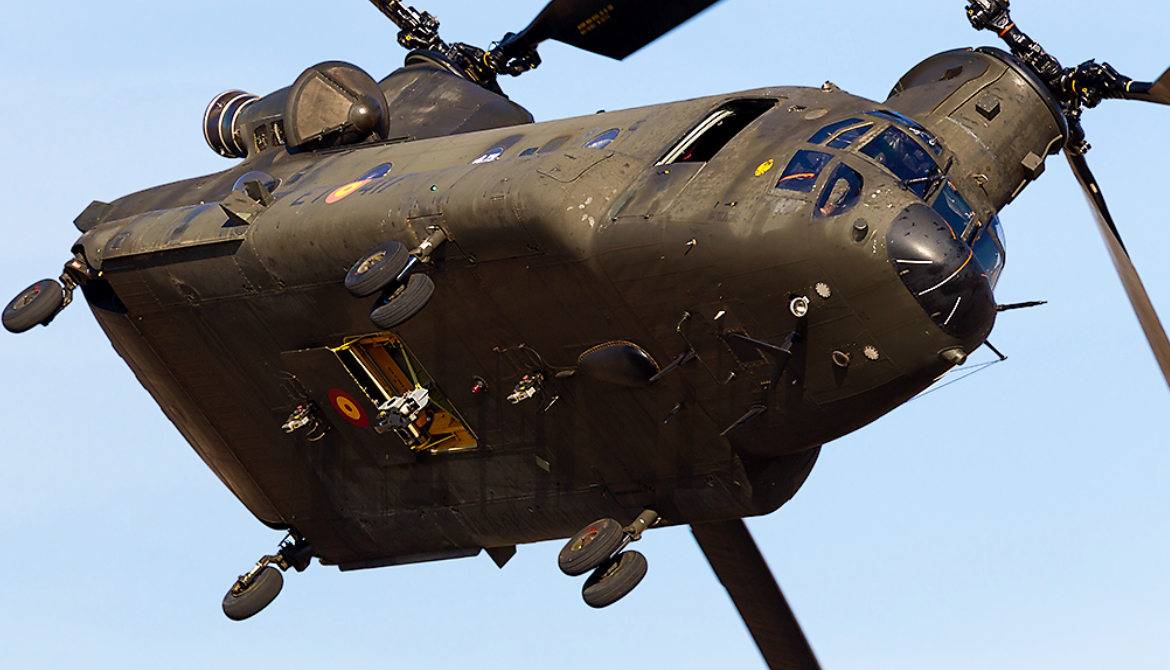
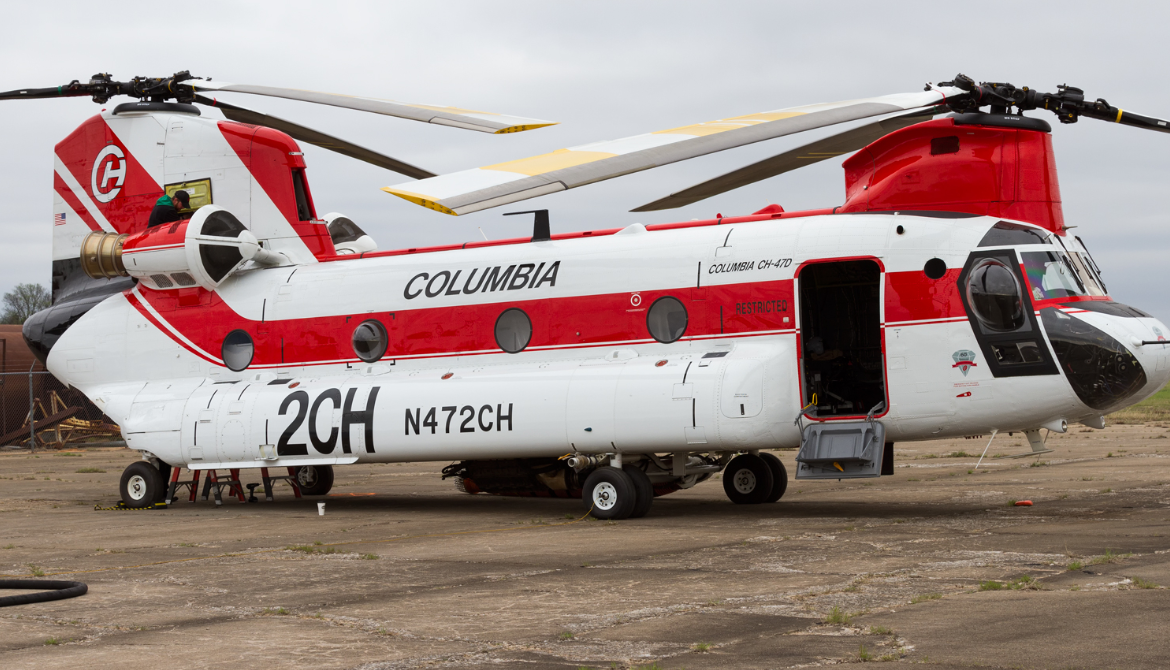
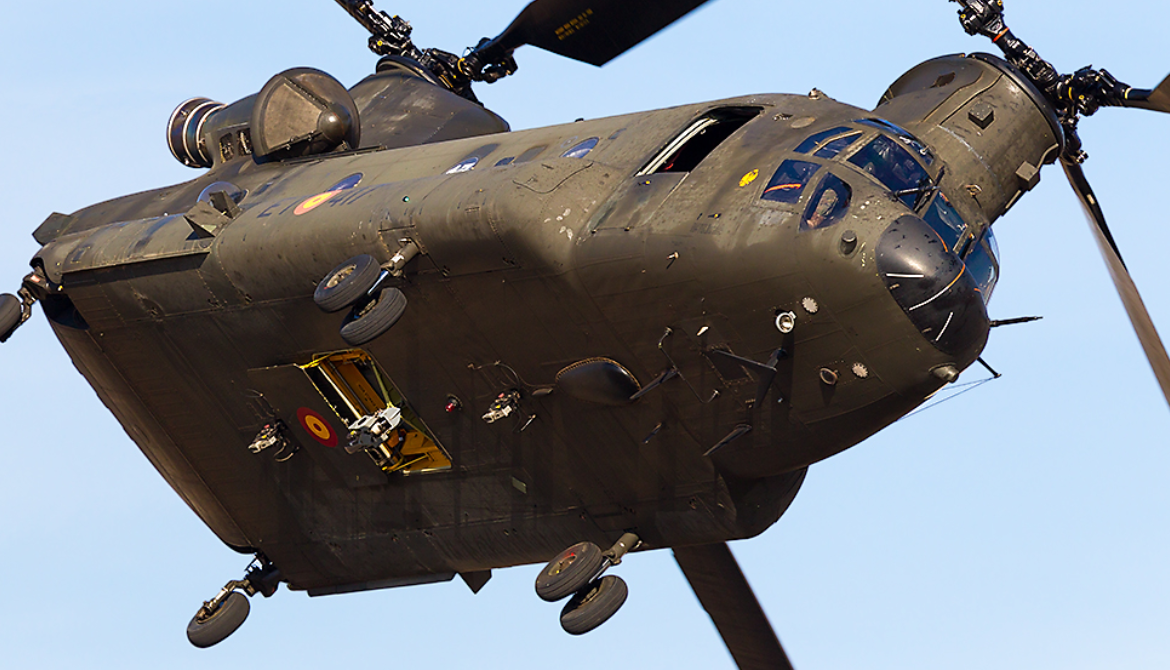

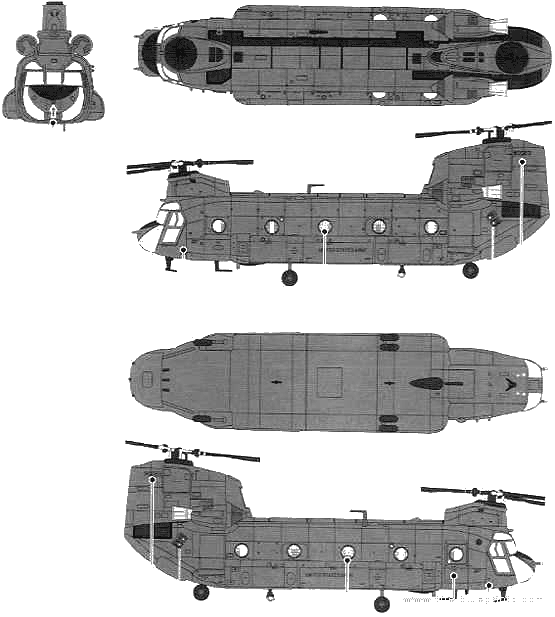

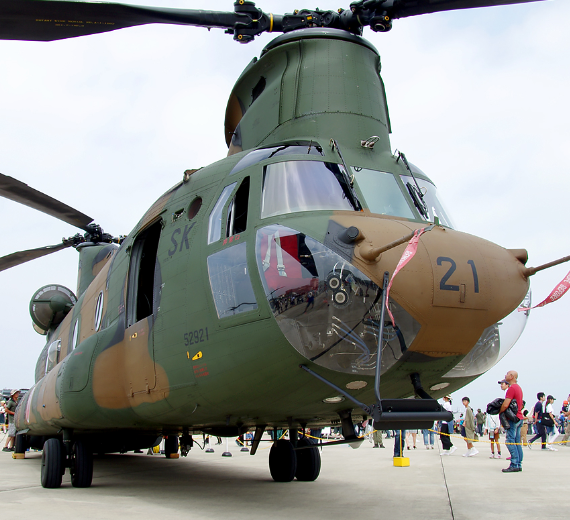
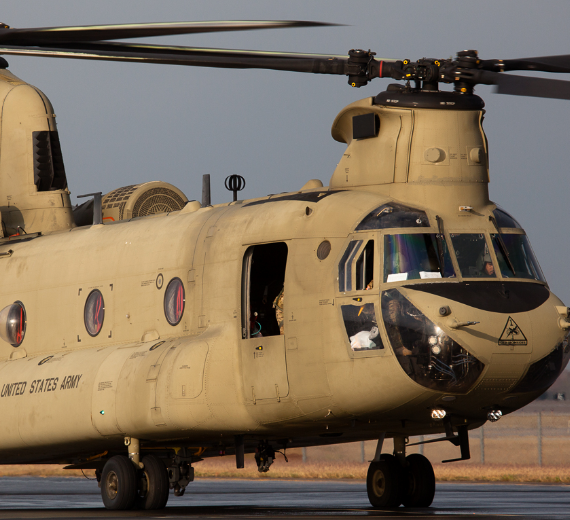


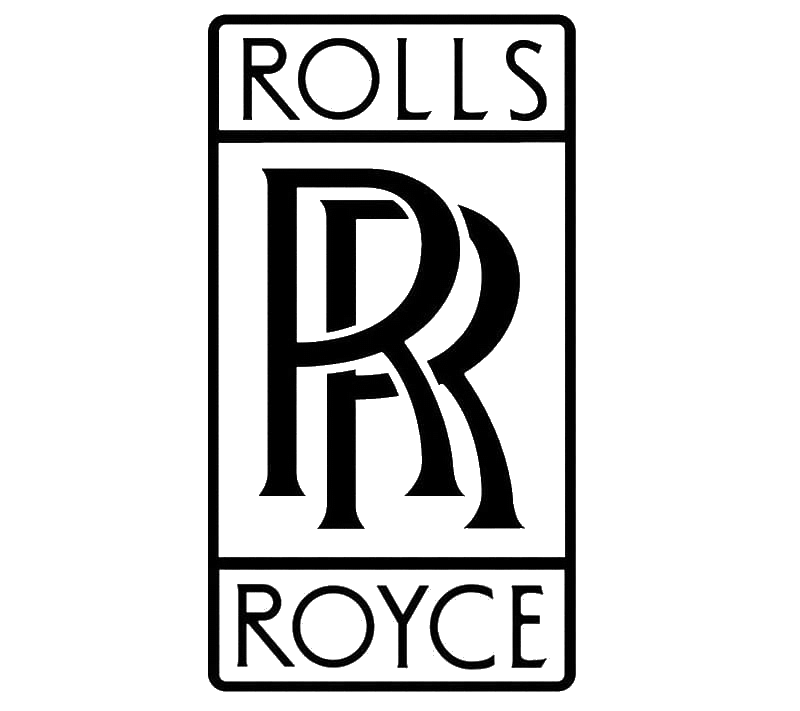

.svg.png)